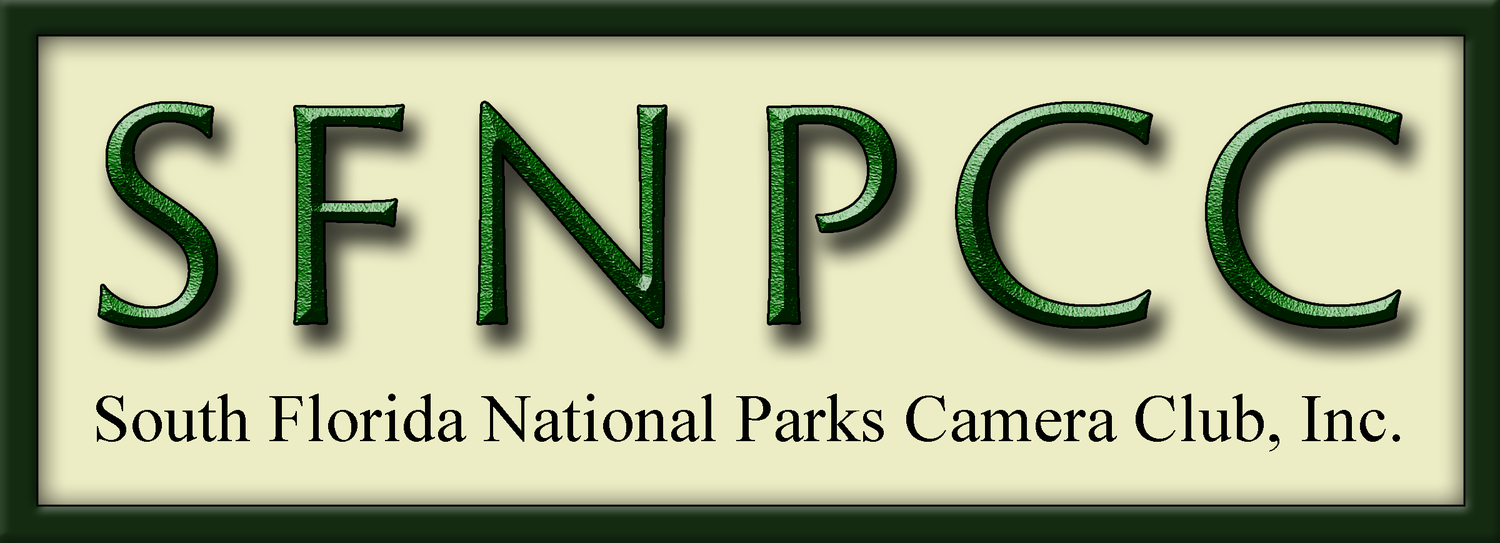For tonight’s field trip we’ll be photographing the Perseid Meteor showers (among other celestial beings). While the meteor shower peaks in the early morning hours of Aug. 13th, we’ll be going early on the 12th so we can find our location during daylight hours. It will be in the Everglades National Park, not far from the entrance. The exact location will be given before we leave the meeting spot. Sunset is at 8pm so we’ll be meeting at the parking lot at 7pm, leaving no later than 7:15pm.
Once at our spot, there will be a 1/3 to 1/2 mile walk on a well worn trail to get to this location. Be aware, this will be in the pine rocklands where the Eastern Diamondback lives. Its highly unlikely we’ll come into contact with one, but there is that possibility. If you have snake-proof boots, I suggest you wear them or some sort of sturdy shoe/boot.
As I said above, we’ll meet at the Ernest Coe Visitor’s Center parking lot at 7pm and leave as soon as everyone that RSVPs arrives or 7:15pm. We’ll caravan to our spot where we’ll hike in and get set up. That should put us in our location in time to shoot a sunset, which is at 8pm. After a pretty sunset shoot, we’ll get set up and ready for dark. As soon as it’s dark enough (around 9pm), we should be able to see a diagonal milky way in the southern skies, in addition to meteor showers. Who knows, if' we’re lucky, we might be able to capture one traveling through the stars!
WHAT TO BRING!
Keep in mind, you’ll be carrying your gear for nearly a half mile one way. Don’t bring more than you need. For capturing meteors, a fast wide lens is ideal. If you’ll be shooting other subjects, of course bring those lenses too. Meteor showers make for great time lapse subjects.
DSLR or Mirrorless Camera
Fast wide-angle lens (widest focal length with widest aperture (lowest F-stop)
Sturdy tripod
Shutter release
Chair or stool to sit
Drinks and/or snacks if necessary (stay hydrated!)
Lens warmer if you have one (in case of condensation)
Fully charged smart phone with pre-loaded (and studied) starry sky app (Photopills or Stellarium are good ones, but any apps that show star locations will do)
Flashlight or headlamp. (Remember proper etiquette during night photography! Lights are night sky photo killers!)
Mosquito Repellent (see below)
MOSQUITOES!
Yes, there will be mosquitoes. Plan for it, prepare for it, bring your entire arsenal of mosquito repellents. Deet Spray, Bug Jackets, ThermaCells, magic crystals, and even your Avon Skin So Soft! Tis the season, as they say, and I’d rather you have everything necessary to not get eaten alive. If you find they aren’t bad, then you can leave stuff in your car. But always be prepared, especially in the summer.
WEATHER
As always, things can change due to weather, but the weather changes constantly. Just because it’s raining where you are doesn’t mean it’ll be raining or even cloudy where we’re going (and vice versa). The only reason we’ll cancel a field trip is because of a tropical storm or lack of participation. Be sure to RSVP by clicking the button above so we know you’re coming.
Hope to see you all there! Any questions, please email me at info@sfnpcc.org.
The Perseids are actually active from July 17th to Aug. 24th, but as I said above, the peak is the early morning hours of Aug. 13th. See the below from the “in-the-sky . org” website to learn more about the Perseid meteor shower.
EXCERPT FROM IN THE SKY WEBSITE
Between July 17-Aug. 24, there will be a chance of seeing Perseid meteors whenever the shower's radiant point – in the constellation Perseus – is above the horizon, with the number of visible meteors increasing the higher the radiant point is in the sky.
Seen from Miami, the shower will not be visible before approximately 9:45pm each night, when its radiant point rises above the eastern horizon. It will then remain active until dawn breaks, around 6:25am.
The radiant point is highest in the sky after dawn – at around 7am – and so the shower likely produces its best displays just before dawn, when its radiant point is highest.
The shower is expected to reach peak activity at around 4am on Aug. 13th, and so the best displays might be seen before dawn on the 13th and after the radiant rises on the 12th.
At its peak, the shower is expected to produce a nominal rate of around 150 meteors per hour. However, this is calculated assuming a perfectly dark sky and that the radiant of the shower is situated directly overhead. In practice, any real observing sight will fall short of these ideal conditions. The number of meteors you are likely to see is lower than this.
From Miami, the radiant of the shower will appear at a peak altitude of 57° above your horizon, and on the basis of this, we estimate that you may be able to see up to 127 meteors per hour at the shower's peak.
The shower will peak close to new moon, and so moonlight will present minimal interference.
To see the most meteors, the best place to look is not directly at the radiant itself, but at any dark patch of sky which is around 30–40° away from it. It is at around this distance from the radiant that the most meteors will be seen.

